Have you ever felt that you are clear and responsive in your mind one day, and then the next day you are like walking in a fog, even the idea flow is smooth and you can focus without working hard?
It is not all about caffeine, will power, and motivation. It is concerning what is going on in the electrical beat of your brain.
All ideas, judgments or inventive thought occur in the waves of neural activity. One of such rhythms is the beta brain waves which are the rhythms that enable emphasis, alertness and taking of action.
In neuroVIZR, we are engaged in exploring how light and sound can softly lead these brain states, not by pushing but by aligning with the natural intelligence of the body
Read this - Neurovisor Light Patterns
Understanding What goes on in the brain
Beta brain waves are between 12-30 Hz and this is the dominant brain wave when you are awake, dissecting, or interacting with the world.
Imagine them as the daytime frequency of the brain, having you up, in focus, and productive.
Balanced beta activity helps:
-
Rational thinking and decision-making.
-
Motivation and task focus
-
Good interaction and trust.
However, too much beta can put your brain into overdrive; that is, racing thoughts, anxiety, tension.
Too low, then you may be foggy, slow or detached.
The neuroscience today realizes that wellbeing does not lie in more or less beta but in balancing: in changing fluidly between the high engagement and calm recovery.
This is where the neurotechnology of light and sound can come in. With their ability to offer rhythmic visual and auditory cues, such devices as neuroVIZR assist your brain in locating its best rhythm, which is called neuro-synchronization.
How to Work With Beta Energy
Your brain can be conditioned to attain its focus rhythm without effort. Here’s how:
1.Prime Your Focus
Making a pause before opening deep work and breathing, grounding, and (assuming you use neuroVIZR) choosing Focus or Performance session.
The patterns of flicker and sounds assist in the stimulation of balanced beta, which prepares your brain towards cognitive activity.
2.Notice Your State
Ask yourself during the day:
-
Am I alert and calm (Balanced beta)?
-
Am I wired, tense or stimulated? (High beta)
-
Is it because I am slow or not paying attention? (Low beta)
This self-awareness will assist you in controlling energy as opposed to pursuing it.
3.Balance With Recovery
Following extended periods of focus, a session of Alpha or Calm will aid in having your brain slow down.
This reinstates sanity of mind, alleviates overstimulation and enhances transitioning between states
Overthinking to Flow
Being balanced with your beta waves, you are alert and relaxed, not forced, and in tune with your mind.
This is the sweet home of creativity and concentration, and where performance can no longer rob you of peace.
According to one of the neuroVIZR users:
It is as if my brain rattles into focus without straining- I can think quicker but smoother.
It is what modern brain wellness is all about the science employed not to make the mind work harder, but to enable it to work with its innate intelligence.
Check on followings:
how neurovizr helped anthony kvaternik ease tinnitus
Key Takeaways
-
Beta brain waves (12–30 Hz) drive focus, alertness, and clarity.
-
Balanced beta = optimal cognitive performance; imbalance = anxiety or brain fog.
-
neuroVIZR uses light + sound patterns to help synchronize brain rhythms.
-
The goal isn’t more stimulation, it’s adaptive regulation between engagement and rest.
Conclusion
Beta waves are necessary -they are the rhythm of thinking, relating and creating.
But they are best used in concordance in a greater orchestra of your brain states.
The purpose of the light and sound sessions of neuroVIZR is to teach your nervous system that balance the way that it is more natural and gentle and will be taught within the realms and terms that you find comfortable.
The point is that to be truly focused is not about being intense, but about having harmony.
FAQs
What is the most powerful brain wave?
Gamma waves are the most powerful and fastest brain waves, linked with deep focus, learning, and heightened awareness.
What happens when you listen to beta waves?
Listening to beta waves can enhance alertness, focus, and mental energy helping the brain stay active and engaged during tasks.
How to increase beta waves in the brain?
You can boost beta waves through stimulating activities like problem-solving, mindful movement, and using neurostimulation tools such as neuroVIZR.
What happens if beta waves are too low?
Low beta wave activity may cause fatigue, lack of focus, or mental fog often seen when the brain is under-stimulated or in low-energy states.
Disclaimer
This article is intended for educational and informational purposes only. It is not a substitute for professional medical advice, diagnosis, or treatment. If you have concerns about your mental or neurological health, please consult a qualified healthcare professional.
Content References
Insights in this article are informed by established neuroscience and psychology literature, including research and publications from:
-
ScienceDirect (Beta Wave Overview)
-
Lone Star Neurology (Brain Waves and Cognitive Function)
-
TryHealium (Beta Brain Wave Studies)
-
National Institute of Neuroscience (Brain Activity Patterns)

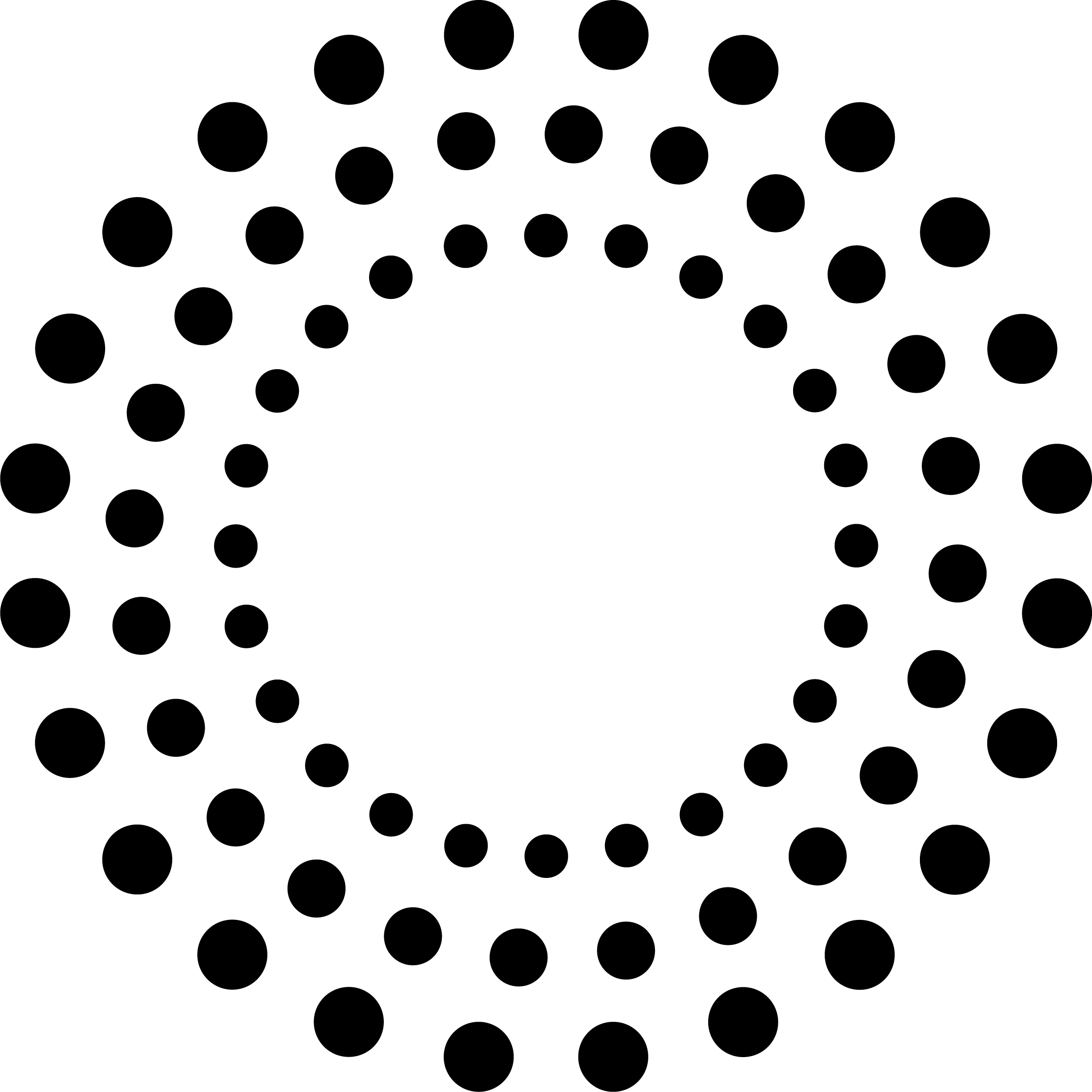

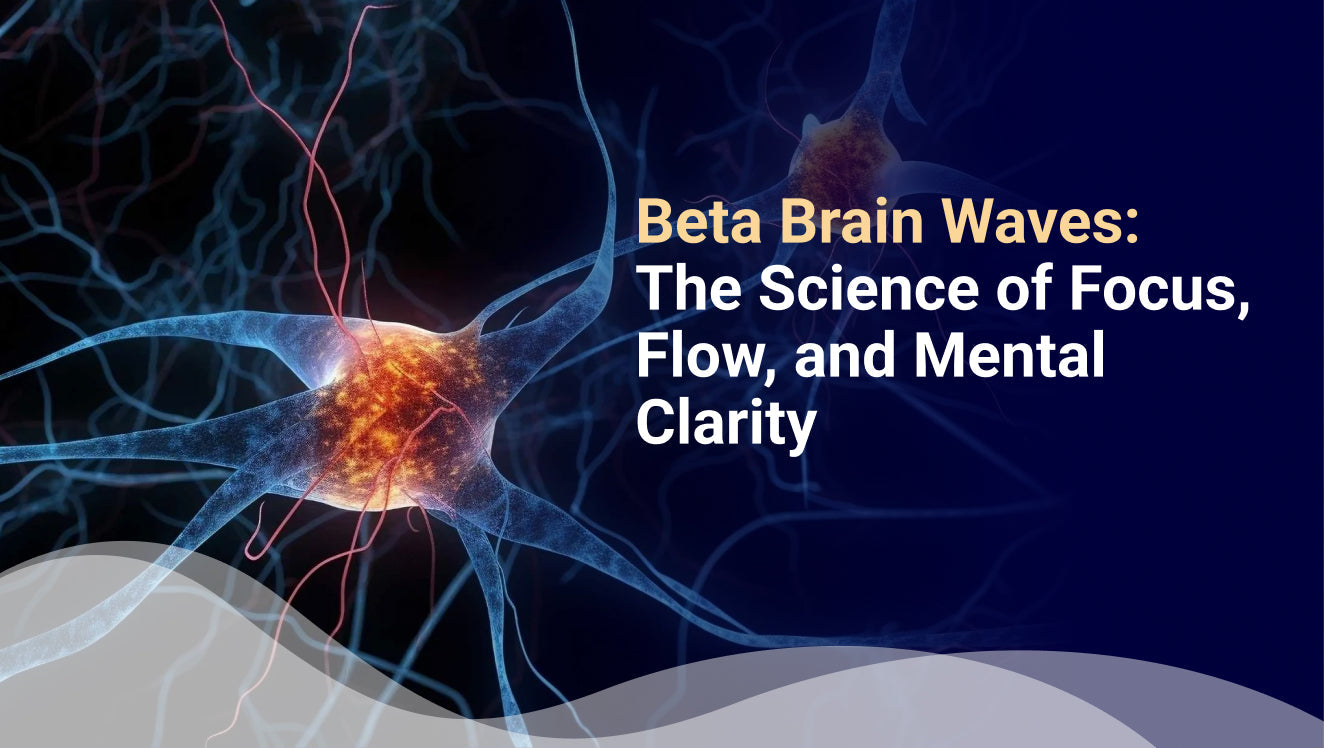

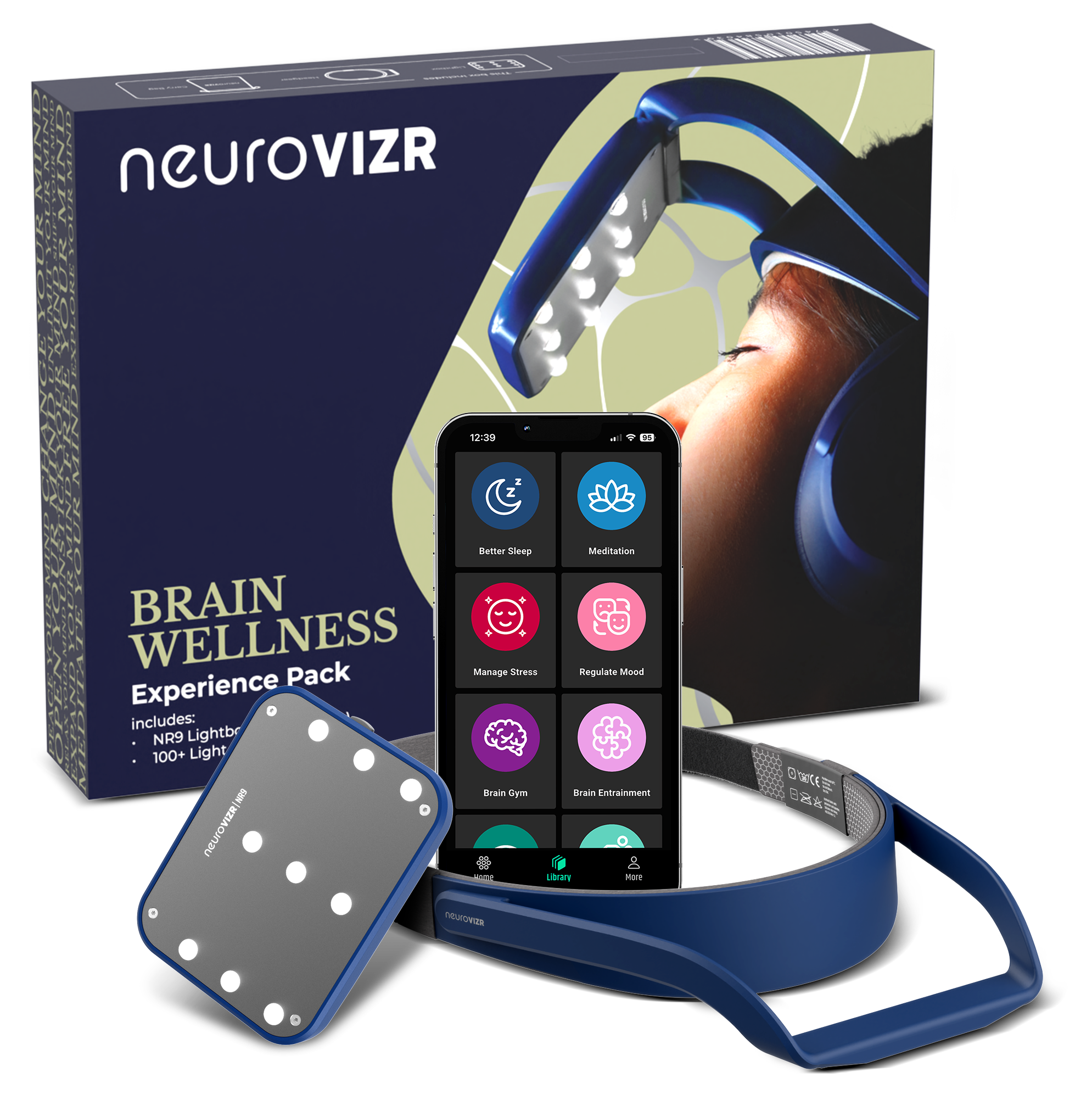


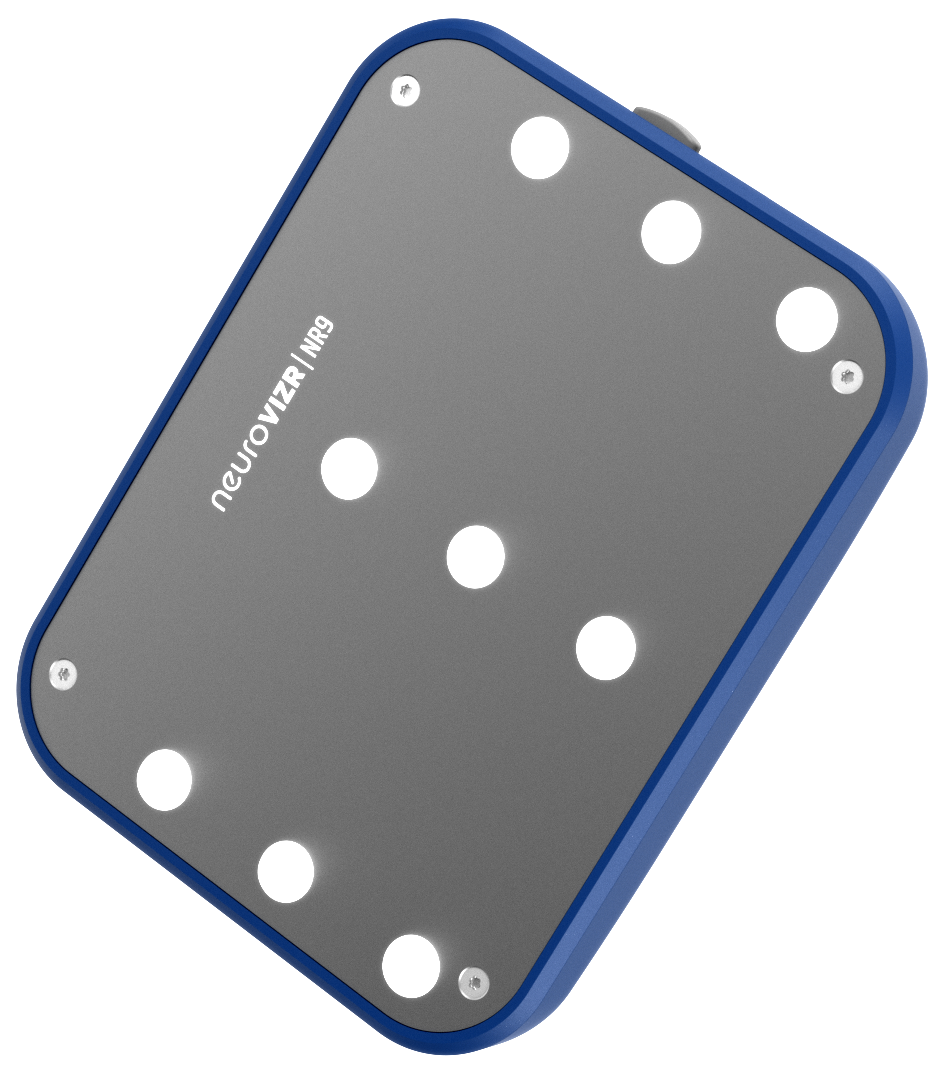

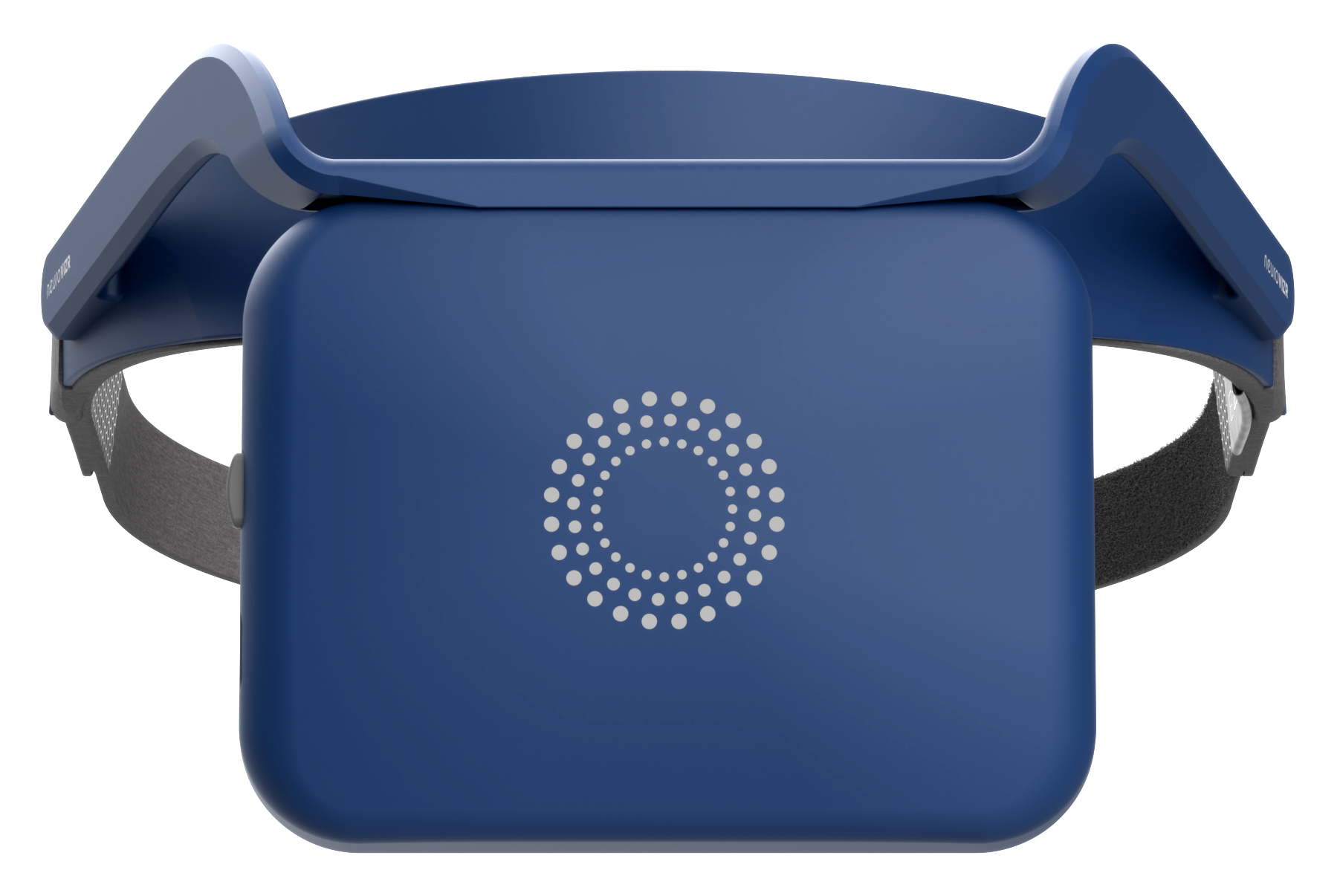


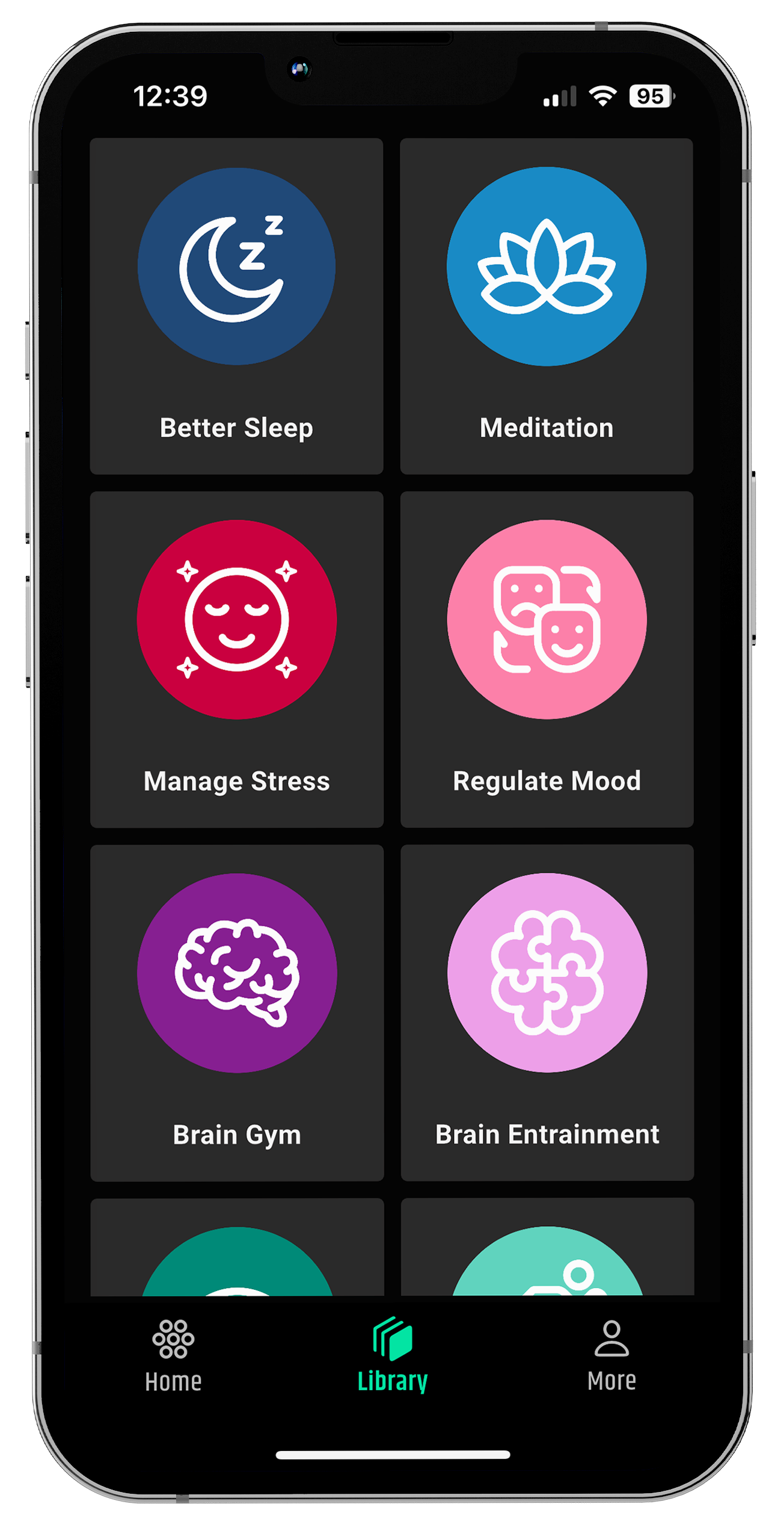
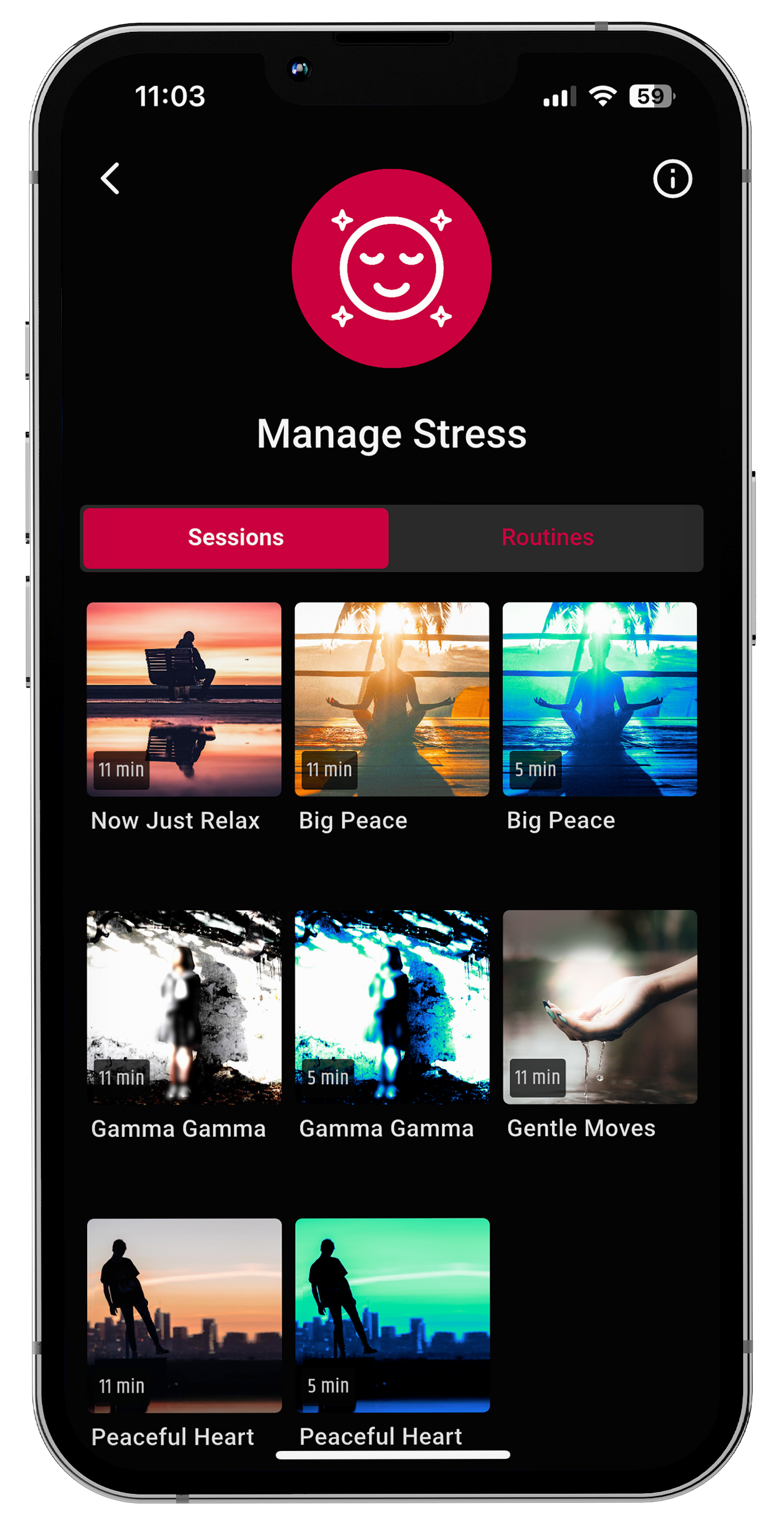
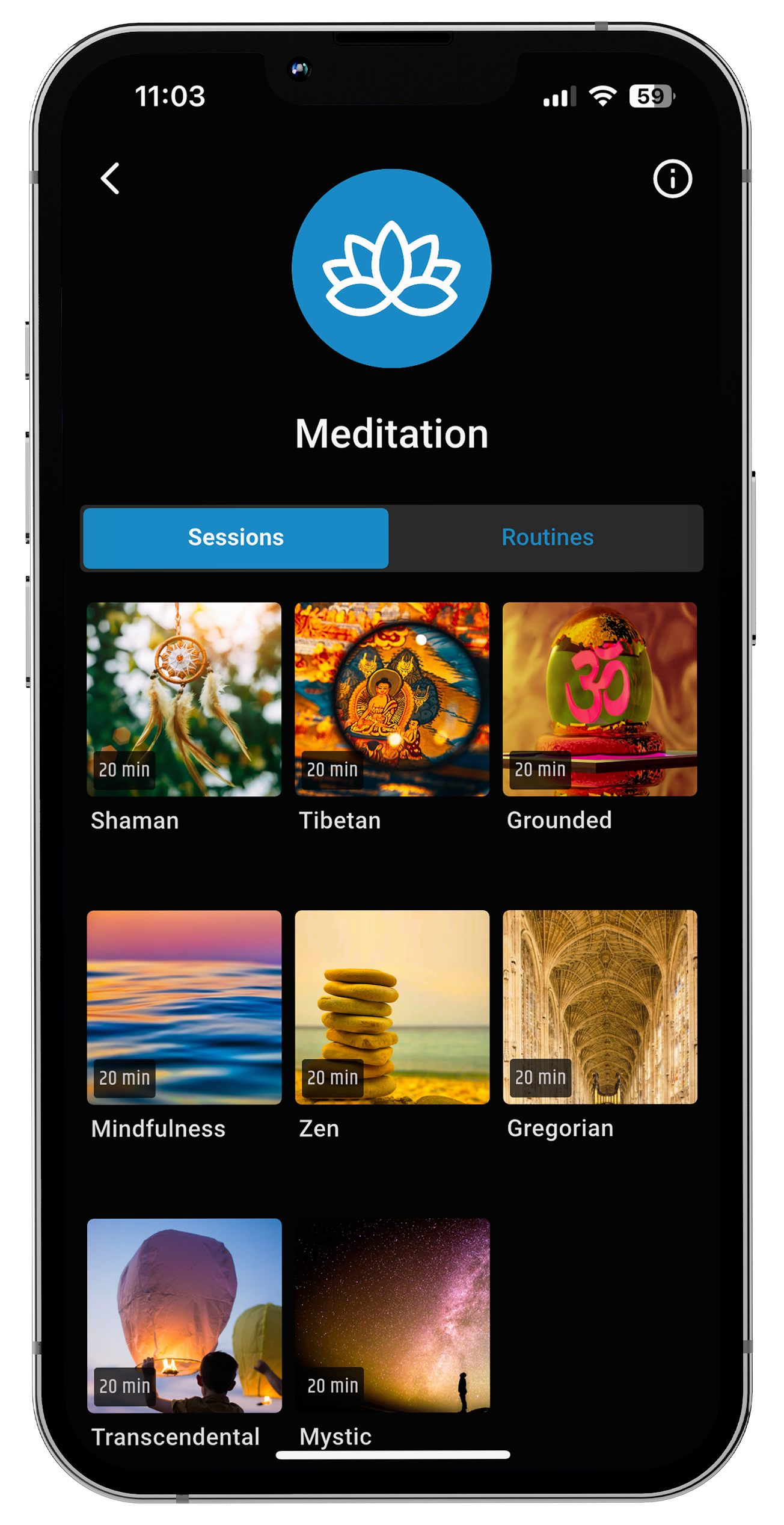
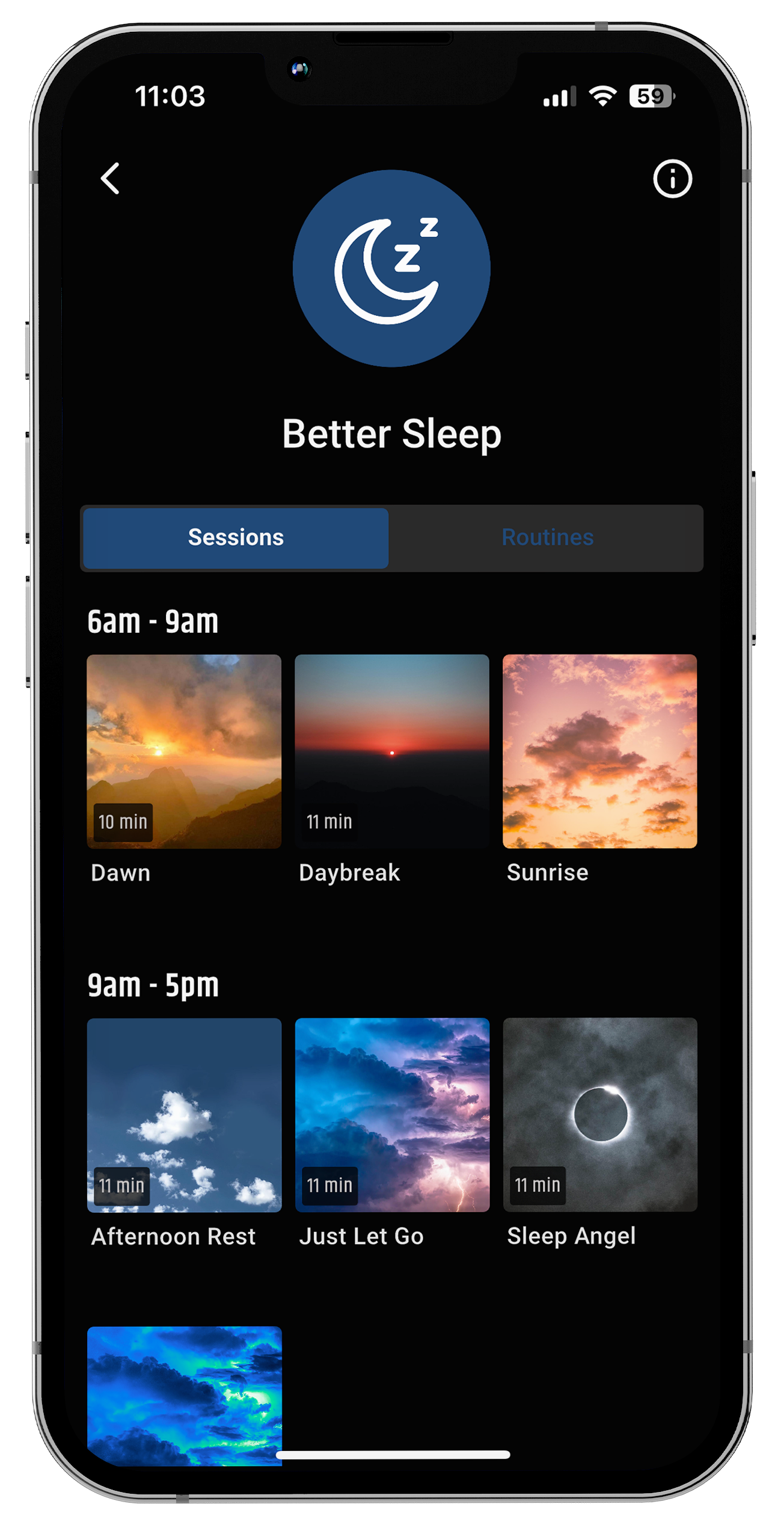
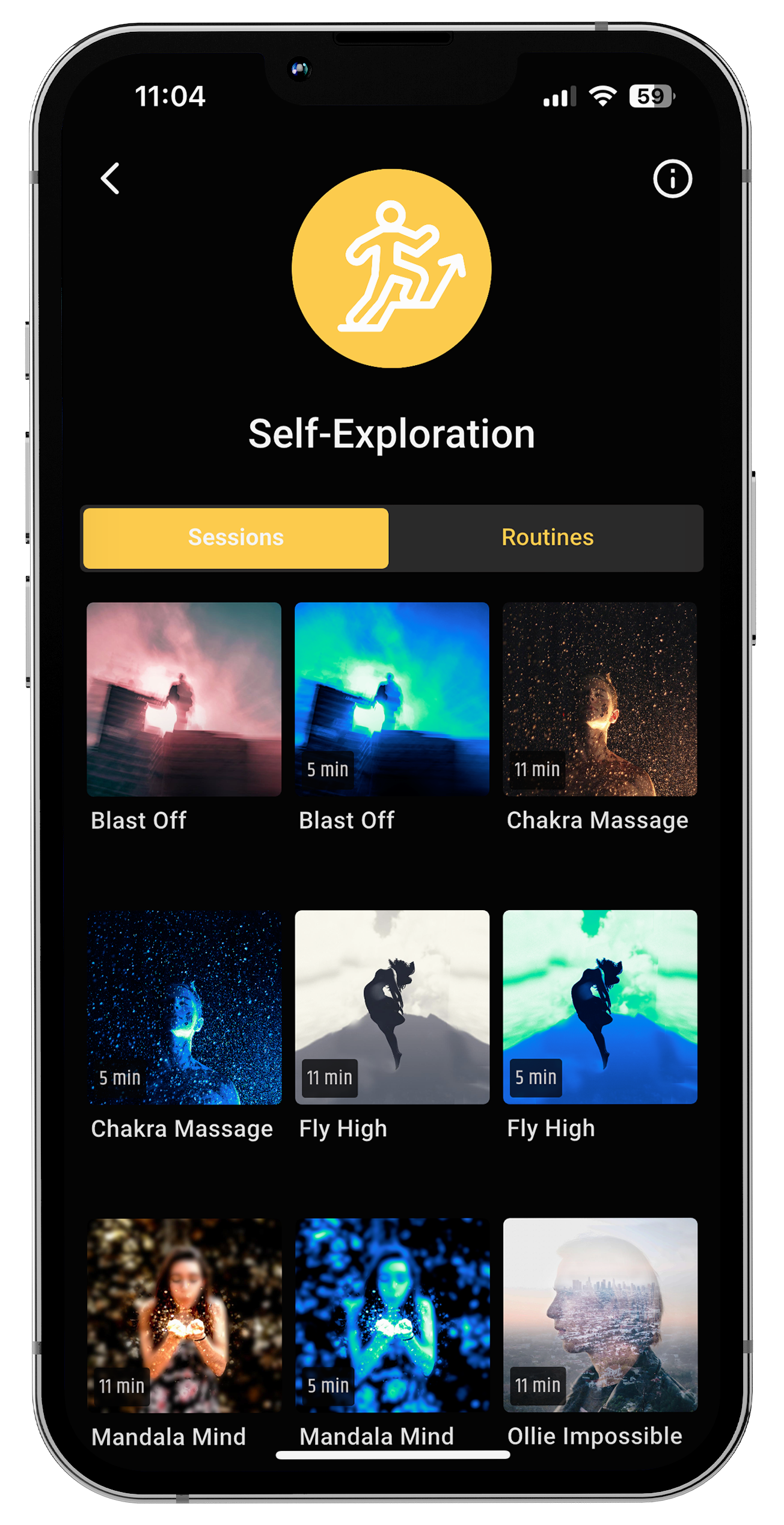
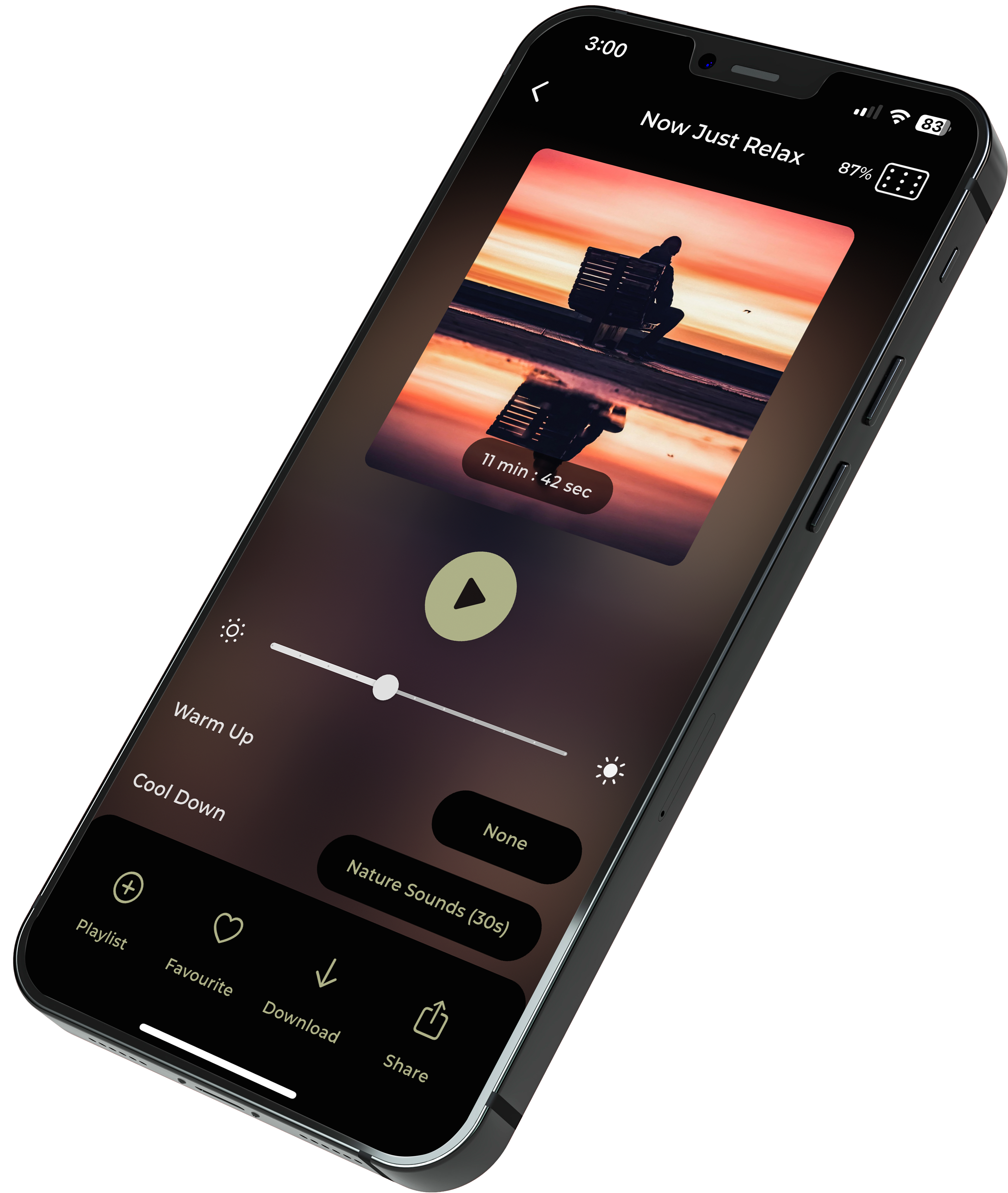


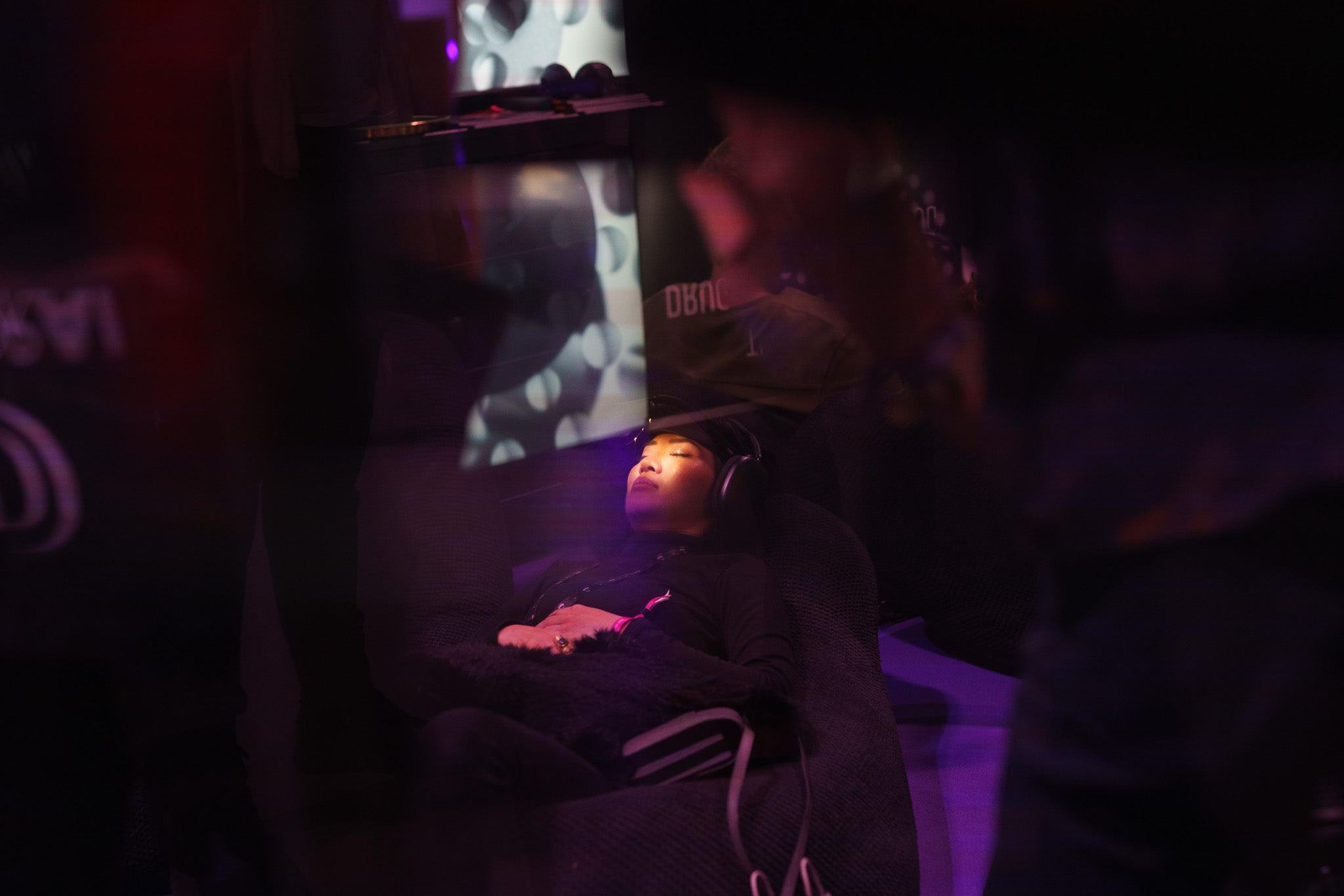




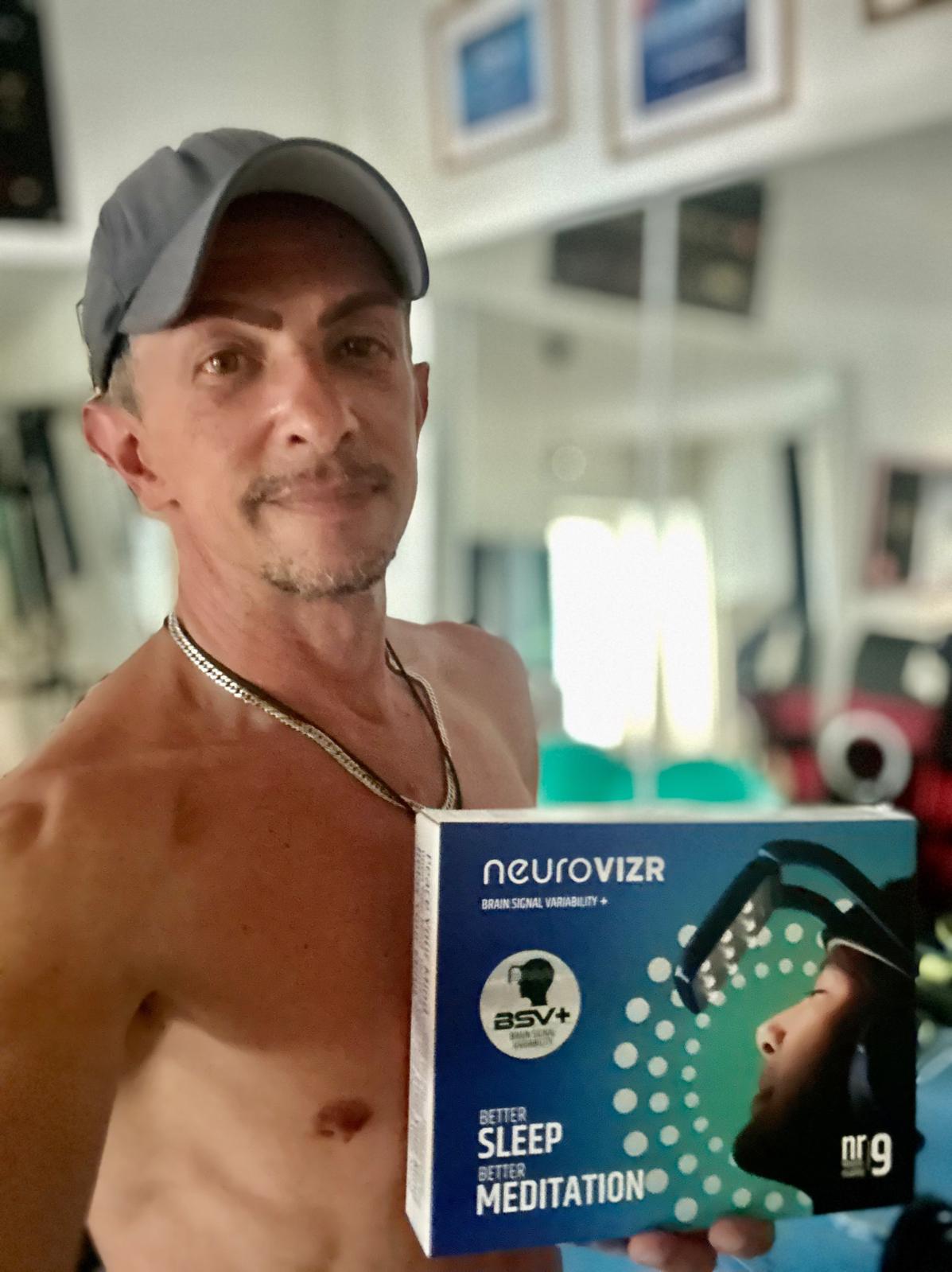
Share:
How do Autism vs ADHD in Women Usually Show Up?
Benefits of Theta Waves - neuroVIZR